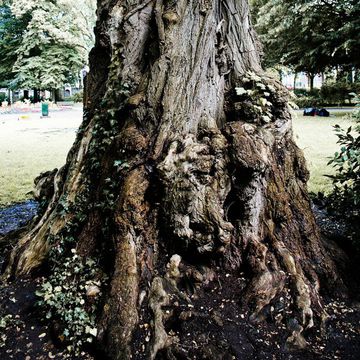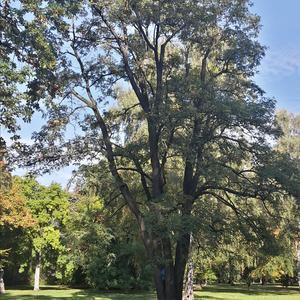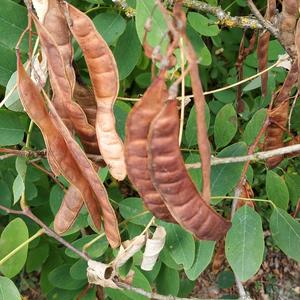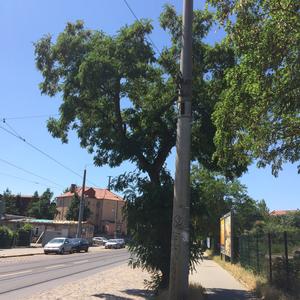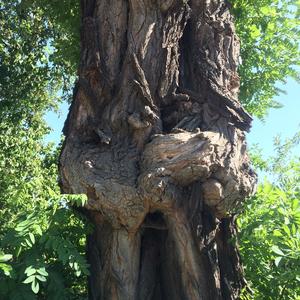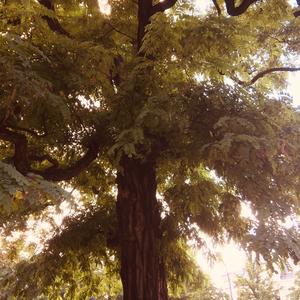Black Locust
Scientific name
: Robinia pseudoacacia
Other names:
Български: біла акація
,
Bosanski: Bagrem
,
Català: Robínia
,
Česky: Trnovník akát
,
Dansk: Almindelig Robinie
,
Deutsch: Robinie
,
Esperanto: Ŝajnakacia robinio
,
Español: Robinia
,
Eesti: Harilik robiinia
,
Suomi: Valeakaasia
,
Français: Robinier faux-acacia
,
Gaeilge: Robinia
,
Hrvatski: Bagrem
,
Magyar: Fehér akác
,
日本語: ハリエンジュ
,
한국어: 아까시나무
,
Lietuviškai: Baltažiedė Robinija
,
Latviešu: Baltā robīnija
,
Nederlands: Robinia
,
Norsk (nynorsk): Storrobinia
,
Polski: Robinia akacjowa
,
Português: Robinia
,
Română: Salcâm
,
Русский: Робиния псевдоакация
,
Slovensky: Agát biely
,
Slovenščina: Navadna robinija
,
Svenska: Robinia
,
Türkçe: Beyaz çiçekli yalancı akasya
,
Tiếng Việt: Dương hòe
Short Description
Deciduous, up to 25 m high tree with open, thin, upwards increasingly widening and somewhat irregular, sometimes skew crown, stem often shortly above the ground forked into several main branches, bark initially smooth and brownish, at a later age on ...
Author: Bruno P. Kremer
Discover this and other species in our Trees PRO app
